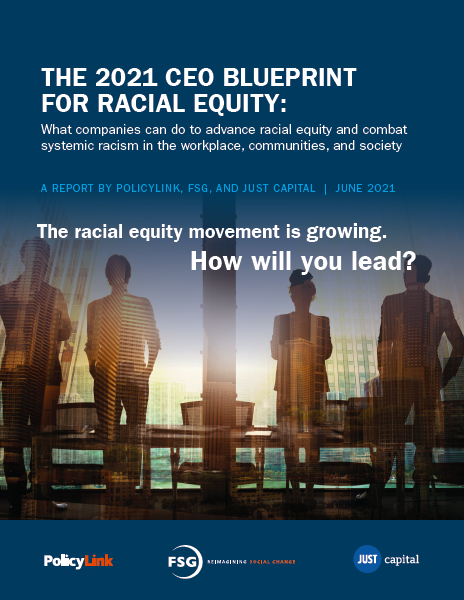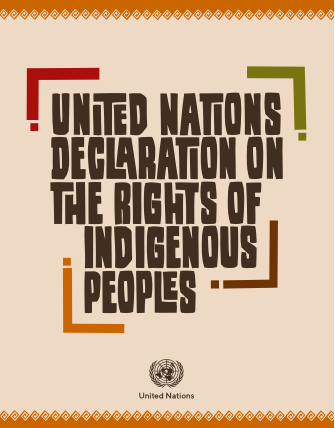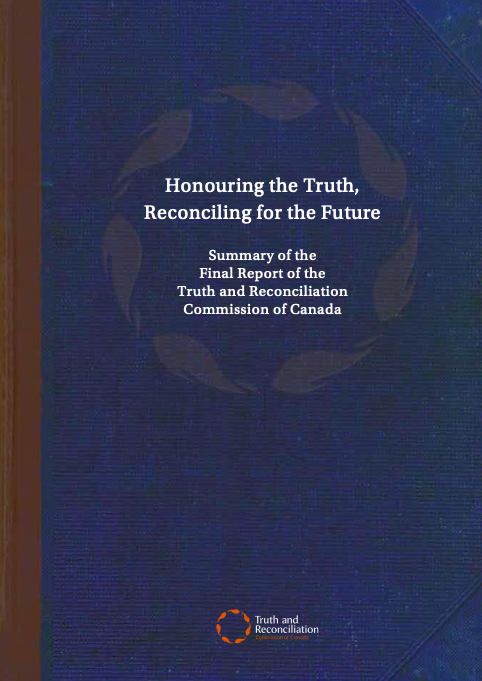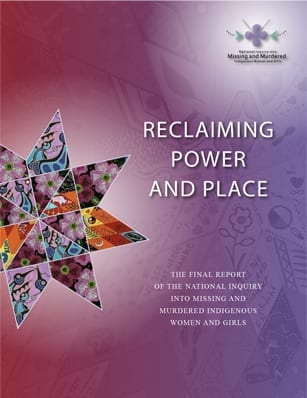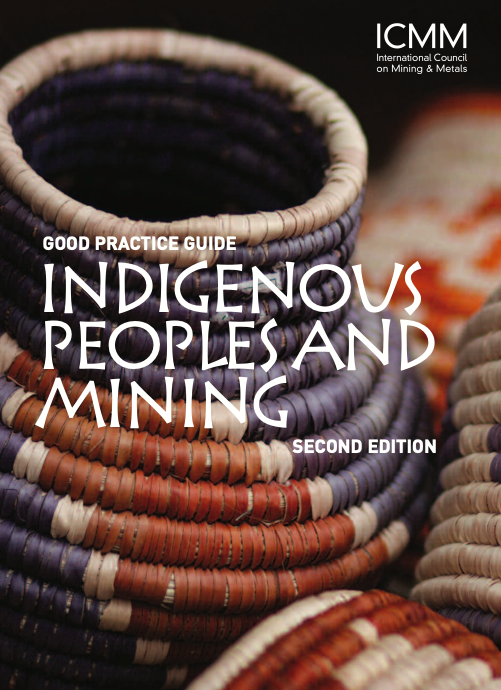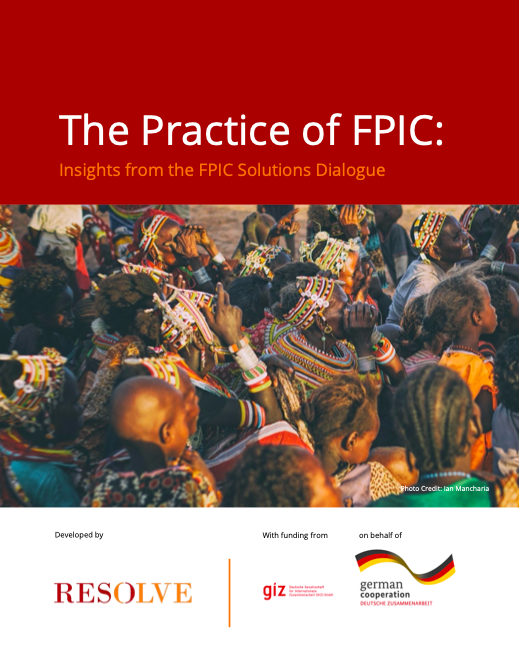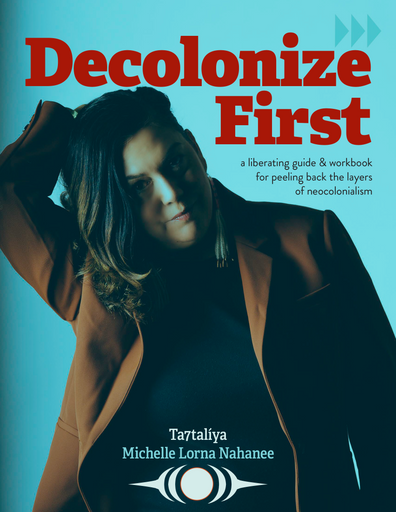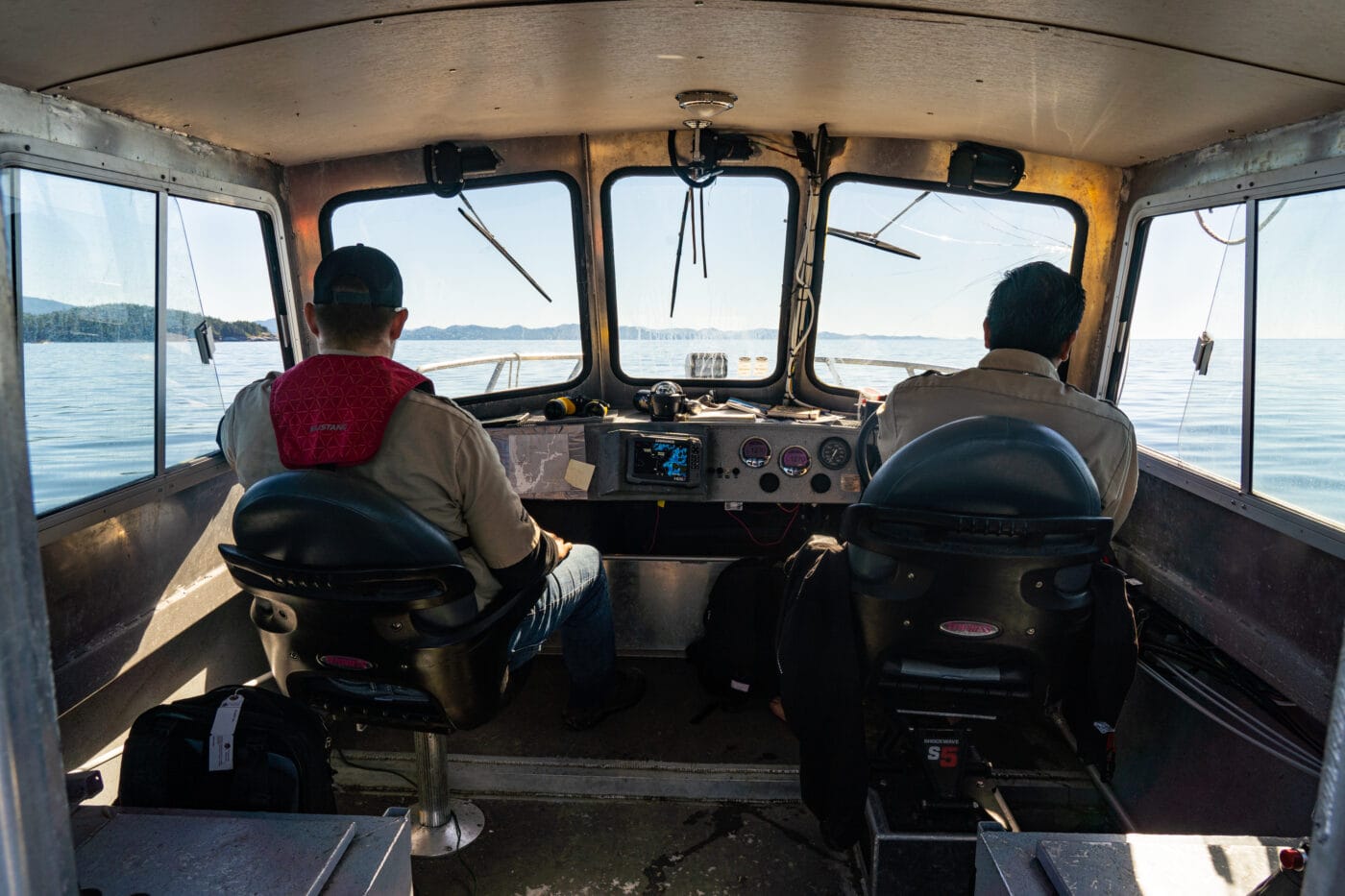Respectful and Inclusive Community
Description
In inclusive and respectful communities, residents enjoy freedom from discrimination, freedom of opinion and expression, freedom of thought, conscience, and religion, and the right to privacy. There is respect for group rights, including the rights of Indigenous Peoples, persons living with disabilities, children, women and girls, persons belonging to national or ethnic, religious, and linguistic minorities, as well as migrant workers, persons who identify as LGTBQIA2S+, and other groups. Communal spaces are designed and built to be accessible to persons of diverse abilities. A company working in/with communities (or with community organisations) also respects and upholds the Rights of Indigenous Peoples, set out in the UN Declaration on the Rights of Indigenous Peoples. These collective rights of Indigenous Peoples include the right to maintain and develop their political, economic, and social systems; the right to enjoy their own means of subsistence, traditional medicines, and health practices; the right to maintain their spiritual relationship with their lands, territories, waters, coastal seas, and other resources; the right to maintain, access, and protect their cultural sites; the right to develop their institutional structures, including judicial systems, and other rights. Indigenous Peoples have sovereignty over the natural resources of their lands, territories, and waters and have a right to the self-determination. Free, Prior and Informed Consent (FPIC) is required for any project that impacts the land, territories, and resources of Indigenous Peoples or that otherwise affects their rights.
Share this Subissue on:LinkedIn
Resources
Building Inclusivity
Building Inclusive Communities
The Community Tool Box is a free, online resource that was created to support those working to build healthier communities and achieve social change. This particular chapter unpacks the concept of inclusive communities and the work that is required to create and preserve them. It can help you to better understand what inclusive communities are; why building inclusive communities is important; when it is most important to build inclusive communities; and how to go about creating them.
Tackling inequality: The need and opportunity for business action
This short report is a good introduction to inequality, and can help you to better understand the responsibility and opportunity that your business has to support positive change. Developed by the Business Commission to Tack Inequality, the report explains how inequality is an urgent systemic risk for business, highlights the case for business action, and presents a six-part agenda for action.
2021 CEO Blueprint For Racial Equity
This resource from PolicyLink provides a roadmap that can help companies understand and address the intended and unintended consequences of their products, policies, and practices on people of colour. The guide seeks to advance racial equity by providing key recommendations across three domains of corporate influence: within the company, within relevant communities, and at the societal level. It also includes profiles of companies whose work is advancing equity in these three spaces. This guide is a good starting point for leaders and agents of change who want to advance their business from simply "not racist" to deliberately and credibly "anti-racist."
Wheel of Privilege and Power
This visual tool by the Government of Canada can help individuals identify how power and privilege relate to their personal circumstance. It covers thirteen categories of social identity, including Citizenship, Wealth, Gender, and Language. Each category has at least three levels of privilege. This resource will be of particular value to those who want to understand how their intersecting social identities relate to systems of power and discrimination (particularly in the Global North), and to professionals working on Diversity, Equity, and Inclusion initiatives.
Inclusive Language Guide
This comprehensive guide from Oxfam can help you understand how to reframe your language to be more inclusive. It takes a critical look at language and how it can be used to empower new narratives and challenge problematic ideas. The guide explores a range of themes, including the power of language; feminist principles for language use; disability, physical, and mental health; gender justice, sexual diversity, and women’s rights; migrations; and race, power, and decolonisation. For each theme it provides examples of how you can put inclusive language into practice in writing and day-to-day conversation. This resource may be especially useful to communications specialists and HR teams that can use it to inform employee onboarding and training.
Human Rights Defenders and Shrinking Civic Space: A Guide for Financial Institutions
This guide from Shift can help you better understand how protecting civic rights and freedoms supports business sustainability. Based on insights from practitioners, it begins by explaining the role of civil society and human rights defenders and why they are important to conducting human rights due diligence. It also outlines how businesses can overcome key challenges related to engaging with civil society.
Although the guide is written for financial institutions, its insights are relevant to sustainability and community relations teams across sectors.
Group Rights
Women's Empowerment Principles
Established by the UN Global Compact and UN Women, The Women's Empowerment Principles (WEPs) serve as guidelines that will help your leaders, HR professionals, and change agents to promote gender equality and empowerment in the workplace. Adopting these principles involves six main stages: Consider, Sign, Activate, Engage, Sustain, and Report. Towards helping you understand and progress through these stages, the WEPs has created a comprehensive brochure that features tools, examples, insights, and other resources.
Minimum Set of Gender Indicators
This platform from the UN can help you understand gender disparity across countries. It provides a collection of 51 quantitative indicators and 11 qualitative indicators illustrating issues relevant to gender equality and women's empowerment. It includes an indicator catalog organised into six themes (economic empowerment, education, health & related services, public life & decision making, and human rights of women and girls), and features overview pages for each. These pages provide a summary of the indicator, key statistics, and a description of the current state of progress. This resource will be most useful to professionals seeking to address gender disparities in the workplace and in the communities in which your business and value chain operates.
United Nations Declaration on the Rights of Indigenous Peoples (UNDRIP)
Adopted by the General Assembly in September 2007 by a majority of 144 states in favour, the United Nations Declaration on the Rights of Indigenous Peoples establishes a universal framework of minimum standards for the survival, dignity, and well-being of the Indigenous peoples of the world, and elaborates on existing human rights standards and fundamental freedoms. The declaration provides a trajectory for advancing lasting reconciliation with Indigenous peoples, and it should be used to inform any statements, policies, or practices related to Indigenous Peoples that your organisation is developing and implementing.
Understanding and Implementing the UN Declaration of the Rights of Indigenous Peoples: An Introductory Handbook
This handbook provides an introductory overview of the UN Declaration on the Rights of Indigenous Peoples. It provides a summary on the UN Declaration and explains how it relates to and is recognised within international law, and includes accessible primers on a range of Indigenous rights enshrined within the UN Declaration, including economic and social rights and the right to lands, territories, and resources. This is a good starting point for leaders and agents of change who want to familiarise themselves with the context of Indigenous rights and relations within Canada.
Honouring the Truth, Reconciling for the Future: Summary of the Final Report of the Truth and Reconciliation Commission of Canada
The findings and recommendations of Truth and Reconciliation Commission of Canada’s Final Report are essential knowledge for those who live and do business in Canada, and especially for those whose business activities immediately affect Indigenous communities.
Drawing on six years of testimony from witnesses, this resource explains the history of Indigenous cultural genocide in Canada, including the legacy of the residential school system and of institutional discrimination and assimilation; explores the challenges of reconciliation against enduring colonial politics and economics; and issues 94 calls to action that your organisation can directly or indirectly advance.
Reclaiming Power and Place: The Final Report of the National Inquiry into Missing and Murdered Indigenous Women and Girls
The National Inquiry’s Final Report is a landmark document that reveals that persistent and deliberate human and Indigenous rights violations and abuses are the root cause behind violence against Indigenous women, girls, and 2SLGBTQQIA people in Canada. This report is comprised of truths and testimonies from family members, survivors of violence, experts, and Knowledge Keepers, and culminates in 231 individual Calls for Justice directed at governments, institutions, social service providers, industries, and all Canadians.
This document will help to familiarise you with Indigenous people's context of multigenerational and intergenerational trauma and marginalisation when engaging with, investing in, and supporting their communities and businesses.
Business and Reconciliation: An Update Exploring the Performance of Public Companies in Canada
This report from the Reconciliation & Responsible Investment Initiative uses a broad set of indicators to highlight corporate Canada's progress in advancing reconciliation. The indicators address five central themes: recognition of Indigenous peoples in diversity policies and corporate leadership; employment and advancement of Indigenous employees; employment-related training and education; commitment to upholding Indigenous rights; and community investment and support. With this criteria the report provides an analysis of how 78 Canadian companies across a range of industries are equitably engaging with Indigenous Peoples, and includes key findings in relation to hiring, training, referencing Indigenous Peoples in policies, and setting formal commitments to uphold and advance Indigenous rights. This is an important resource for understanding the work that businesses in Canada are undertaking to meet the Truth and Reconciliation Commission of Canada's Calls to Action, and may help you to understand some of the approaches that are being adopted to advance reconciliation.
Good Practice Guide: Indigenous Peoples and Mining
This guide from the International Council on Mining & Metals was created to help business leaders and change agents ensure mutually beneficial outcomes through better understanding of Indigenous Peoples, their rights, and how they connect with mining activities. The guide is broken down into four parts: good practice guidance, which explores engagement and Indigenous participation, managing impacts, agreements, and dealing with grievances; a toolkit; case studies; and additional information.
Although this guide was created for the mining & materials sector, it is a worthwhile and relevant read for leaders and sustainability professionals in other industries.
The Practice of FPIC: Insights from the FPIC Solutions Dialogue
Major projects often have major social and economic impacts, and it is important that companies and communities create an open and equitable dialogue that empowers communities to share their concerns, understand the potential impacts, and appropriately benefit from development. This guide from RESOLVE was created to help communities and companies arrive at a shared roadmap for these project decisions related to free, prior, and informed consent (FPIC). The guide employs a set of Decision Making Milestones that organise dialogue in a practical, intuitive, and iterative way, from pre-feasibility and site exploration to closure processes. This guide can also help readers to identify where gaps in the FPIC process can emerge, and it provides insights, prompts, and resources to benefit the needs of stakeholders and rights-holders.
Indigenous Rights and Financial Institutions: Free, Prior and Informed Consent, Just Transition and Emerging Practice
This guide produced by Shift can help you better understand and respect Indigenous Peoples rights, specifically when financing clients with projects or value chains connected to Indigenous territories. The guide outlines how Indigenous groups are defined and why Indigenous rights are important to uphold from a financial institution’s perspective. It explains good practice related to free, prior, and informed consent (FPIC), and examines key challenges for the finance sector, such as the lack of information on respecting Indigenous rights and how to navigate power imbalances. The annex section also features summaries of additional resources, including human rights standards and relevant tools for business.
Decolonize First: a liberating guide & workbook for peeling back the layers of neocolonialism
This workbook by Ta7talíya Michelle Nahanee features processes, prompts, and links to resources that can help to guide and shift your framings and actions away from colonial defaults. It addresses topics such as colonial narratives, helping and harm, intention and impact, and reconciliation, and includes an accessible social change framework and a decolonizing process map. This book is a good starting point for critically examining your company's maturity in its decolonizing journey and for creating the space necessary for self-reflection and conscientious change.
The frontline of conservation: how Indigenous guardians are reinforcing sovereignty and science on their lands
Indigenous land defenders often patrol large tracts of land and coast that don't otherwise receive sufficient monitoring from governments. This fascinating article from the Narwhal highlights how Indigenous guardians are leading efforts to catch poachers, document species, and save lives along the coast of British Columbia - all while filling major gaps in knowledge and conservation. This resource can help you to understand the immense (and unique) value that Indigenous communities provide towards protecting natural spaces, and the importance of supporting these efforts as well as Indigenous sovereignty and self-determination.
Other Resources
Linking Indigenous Communities with Regional Development in Canada
This study from the OECD can help you to better understand and support priority issues that maximise the potential of Indigenous economies in Canada. The report examines how public policy and public investments can be better leveraged to support Indigenous economic development, and focuses on four key areas of recommendations. These include improving the quality of data about Indigenous businesses and entrepreneurship and including these communities in the governance of said data; protecting and advancing land and water rights; enabling Indigenous entrepreneurship and community economic development; and improving governance and policies for place-based Indigenous economic development.
Although written with the public sector in mind, these recommendations highlight opportunities that sustainability, legal, community relations, and investment professionals can support to further the development and growth of Indigenous economies.
Getting FPIC right: how voluntary standards can go further
This report from ISEAL, in collaboration with GIZ and Evidensia, can help you understand how voluntary sustainability standards can better support the implementation of free, prior, and informed consent (FPIC). Based on a systematic literature review, this report provides an overview of the emergence of FPIC as a norm and a practice; how it is interpreted; its effectiveness; and the key challenges to its implementation. It also provides recommendations for how voluntary sustainability standards can enable effective FPIC implementation. These insights will be most useful to community relations and sustainability teams, especially in the mining sector.
Indigenous Peoples: Language Guidelines
This concise guide from the University of British Columbia can help you to navigate the terminology associated with Indigenous Peoples and to advance your commitment to inclusive language. It explains why terminology matters, and includes specific and common examples. It also explains the importance of acknowledgements and recognition, and demonstrates effective and respectful approaches. This resource would be particularly helpful for communications professionals.

